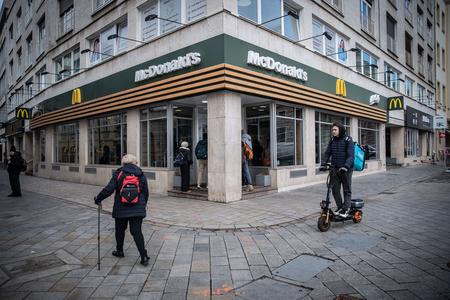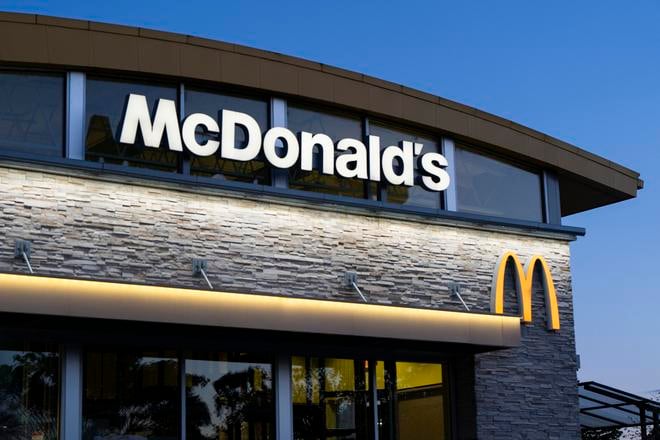Years ago, the Seredské Pečivárne bakery came up with an advertisement claiming that every second one of its Horalky wafers is eaten in Slovakia. The goal was to show the relationship Slovaks have with the iconic wafers.
The American fast food chain McDonald's could opt for the same approach. Statistically, it looks like every five seconds one cheeseburger is sold in Slovakia. In terms of sales, there is hardly a more popular dish. Thus, the cheeseburger can join halušky and be called a Slovak national dish.
Even 30 years after entering the Slovak market, McDonald's is still experiencing a boom. It has been hindered neither by the changing of generations, nor people's decision to live healthier. How is it possible that Slovaks spend tens of millions of euros at "Mekáč" (a nickname akin to Maccie or Mickey D's - Ed. note) every year?
Slovakia was one of the last post-communist countries that the American fast-food chain decided to enter. In October 1995, its first restaurant opened not in Bratislava, but in Banská Bystrica, central Slovakia. The reason was the protests that accompanied its arrival in the country.
At the time, 8 conservation NGOs opposing the establishment of a McDonald's restaurant wrote to then Bratislava mayor Peter Kresánek, urging him to "stop this company from doing business in the city". They argued that the company produces a large amount of waste. "Thousands of tonnes of disposable packaging will end up in the city streets, their burning will pollute the air."
The activists also pointed out that McDonald's refuses to use washable glass containers, using up an excessive amount of energy required for the production and disposal of waste. "Another reason is the sale of unhealthy food containing a lot of fat, sugar and salt."
Kresánek supported their position, but pointed out that it was not in his authority to prevent the chain's arrival. And so it happened; soon after McDonald's opened its first restaurant in the capital on Námestie SNP square.

Expansion through franchising
Although restaurants have been opened in other regional towns, Bratislava has since become McDonald's main market in the country. The success was supported by the fact that by 1999, around five million customers had visited McDonald's.
In 2003, the chain had 16 establishments in six Slovak towns. Interestingly, it introduced franchising on a large scale, leasing an establishment to a licensed partner. This is a sophisticated system; at first, McDonald's evaluates the applicant, provides them with 12 to 14 months of training, and only then offers them a specific restaurant, concluding a 20-year contract.
However, the condition is that the applicant have their own capital. "The price of a restaurant ranges from €500,000 to €1 million, therefore we require applicants to demonstrate that they have financial resources or their own assets of at least €400,000," the company explains, adding that when leasing their first restaurant, the applicant must pay 40 percent of the price from their own resources.


 Illustrative image. (source: TASR / AP)
Illustrative image. (source: TASR / AP)